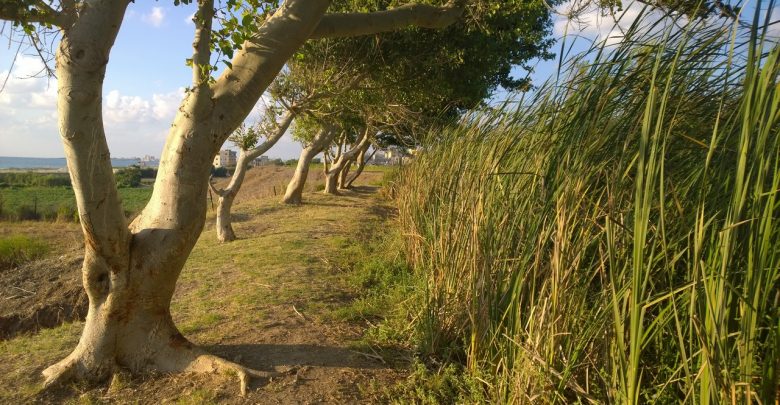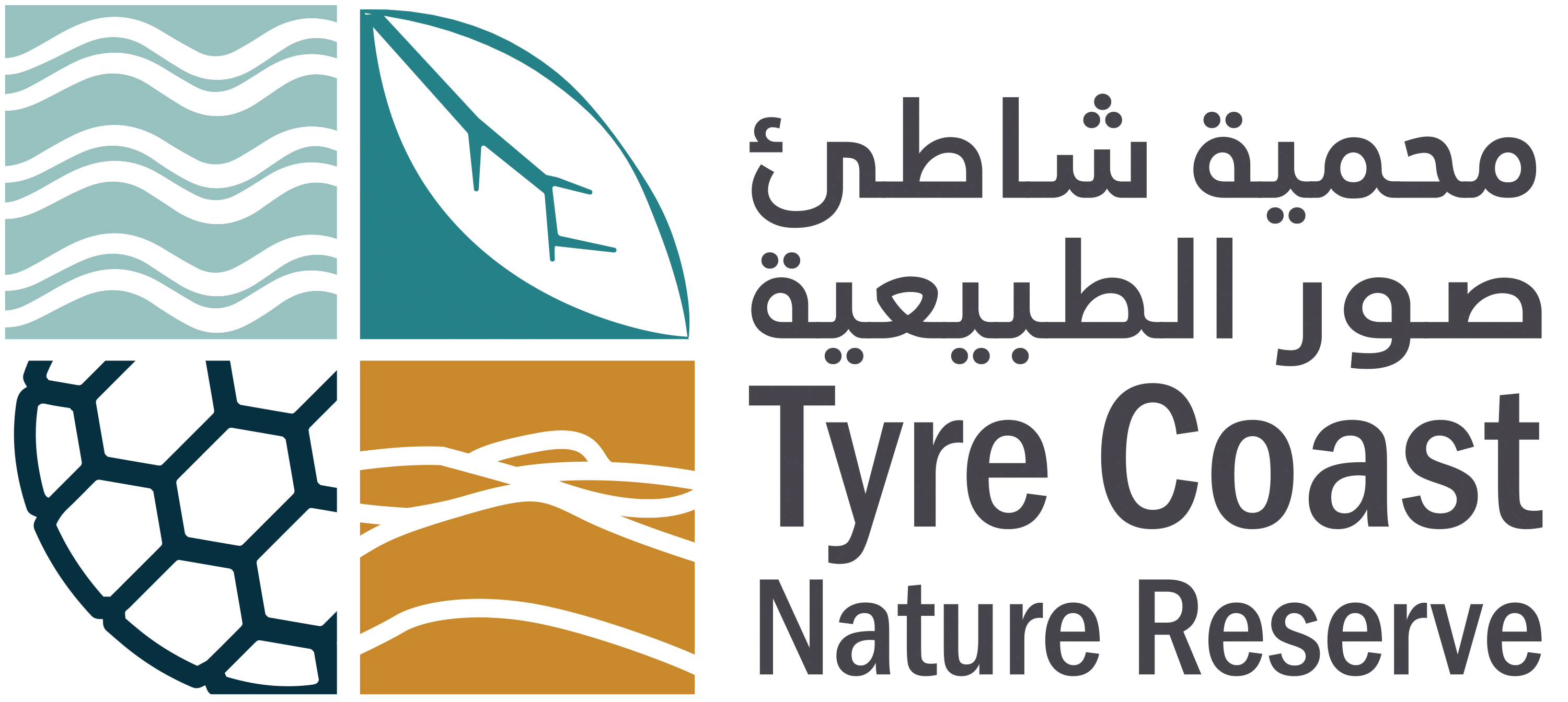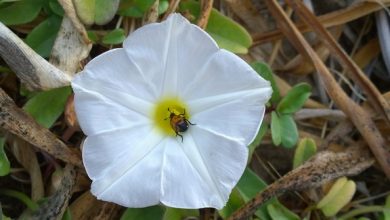Wetlands

As defined by the Ramsar Convention wetlands include a wide variety of habitats: Marshes, peatlands, floodplains, rivers and lakes, coastal areas, coral reefs and karst.
Wetlands are transitional zones between dry and wet regions. Wetlands are among the most productive ecosystems in the world, comparable to rain forests and coral reefs.
There are many different types of wetlands but biologically there are three key conditions, to have a wetland:
- Presence of water (hydrology)
- Special soils (hydric soils)
- Water tolerant plants (hydrophytic vegetation)
The value of our natural ecosystems is estimated at US$ 33 trillion and the global value of wetland ecosystems at an amazing US$ 14.9 trillion, 45% of the total which is reflected in the many functions of wetlands (Costanza et al.1997, Nature)
Wetland offers various economic benefits to human kind:
- Groundwater recharge and discharge
- Stabilization of local climate conditions and carbon storage
- Improve water quality
- Function as a barrier to shoreline erosion
- Provide aquatic and terrestrial wildlife with food, habitat, breeding grounds, and resting areas
- Valuable stop-over sites for migratory birds
- Water supply (quantity and quality)
- Food and other products for human use from sustainable agriculture practices
- Recreation and tourism opportunities
Part of the local cultural heritage


